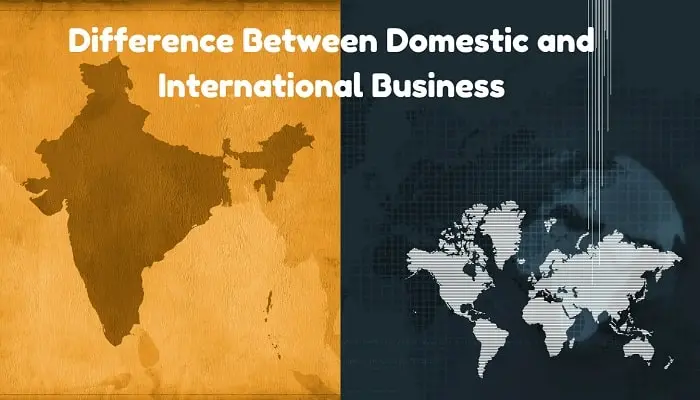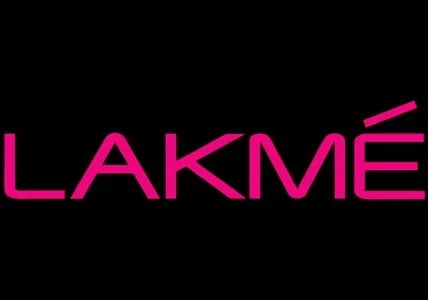Lenskart, established in 2010 by Peyush Bansal, Amit Choudhary, and Sumeet Kapahi, has emerged as a dominant player in India’s eyewear industry. Combining online and offline retail strategies, the company has significantly expanded its footprint both domestically and internationally. As of January 2025, a comprehensive SWOT analysis (Strengths, Weaknesses, Opportunities, Threats) provides valuable insights into Lenskart’s current market position and future prospects.
Strengths
1. Omnichannel Presence: Lenskart’s integration of e-commerce with physical retail stores offers customers a seamless shopping experience. This strategy enhances accessibility and convenience, catering to diverse consumer preferences.
2. Technological Innovation: The company leverages advanced technologies, such as virtual 3D try-on features and home eye check-up services, to enhance customer engagement and satisfaction. These innovations differentiate Lenskart from traditional eyewear retailers.
3. Robust Financial Performance: In the fiscal year ending March 2024, Lenskart reported a 43% increase in operating revenue, reaching ₹5,427.7 crore, up from ₹3,788 crore in FY23. This growth underscores the company’s effective business strategies and market demand.
4. Strong Brand Recognition: Over the years, Lenskart has built a reputable brand known for quality eyewear and exceptional customer service, fostering customer loyalty and trust.

Weaknesses
1. Profitability Challenges: Despite substantial revenue growth, Lenskart reported a net loss of ₹10 crore in FY24. While this marks an 84% reduction from the previous year’s loss, achieving consistent profitability remains a challenge.
2. High Operational Costs: The company’s total expenses increased by 37.9% to ₹5,549.59 crore in FY24, driven by higher costs in materials, employee benefits, and other operational areas. Managing these escalating costs is crucial for future profitability.
3. Dependence on Key Markets: A significant portion of Lenskart’s revenue is concentrated in specific markets, with 58% derived from India and substantial contributions from countries like Japan and Singapore. This reliance may expose the company to regional market fluctuations.
Opportunities
1. International Expansion: Lenskart’s foray into international markets, including Japan, Singapore, Taiwan, and Thailand, presents opportunities for revenue diversification and global brand recognition. Continued expansion can mitigate risks associated with market saturation in India.
2. Product Line Diversification: Introducing new product categories, such as specialized eyewear for different activities or age groups, can attract a broader customer base and meet diverse consumer needs.
3. Technological Advancements: Investing in emerging technologies, like artificial intelligence and augmented reality, can further enhance the customer experience, streamline operations, and provide a competitive edge.
4. Strategic Partnerships and Collaborations: Forming alliances with fashion brands, technology firms, or healthcare providers can create synergies, expand product offerings, and enhance market reach.
Threats
1. Intensifying Competition: The eyewear market is becoming increasingly competitive, with new entrants and existing players expanding their offerings. Competitors like Titan Eye Plus reported revenue growth, indicating a dynamic market landscape.
2. Regulatory Challenges: Operating across multiple countries exposes Lenskart to varying regulatory environments. Compliance with diverse laws and regulations can be complex and may impact operations.
3. Economic Fluctuations: Global economic uncertainties, such as recessions or currency fluctuations, can affect consumer spending patterns, potentially impacting Lenskart’s sales and profitability.
4. Supply Chain Disruptions: Reliance on global supply chains makes Lenskart vulnerable to disruptions caused by geopolitical tensions, natural disasters, or pandemics, which can affect inventory levels and operational efficiency.
Conclusion
As of January 2025, Lenskart stands as a formidable entity in the eyewear industry, bolstered by its omnichannel presence, technological innovations, and strong brand recognition. However, to sustain and enhance its market position, the company must address profitability challenges and manage rising operational costs. Capitalizing on opportunities for international expansion, product diversification, and technological advancements, while navigating competitive pressures and external threats, will be pivotal for Lenskart’s continued growth and success.














